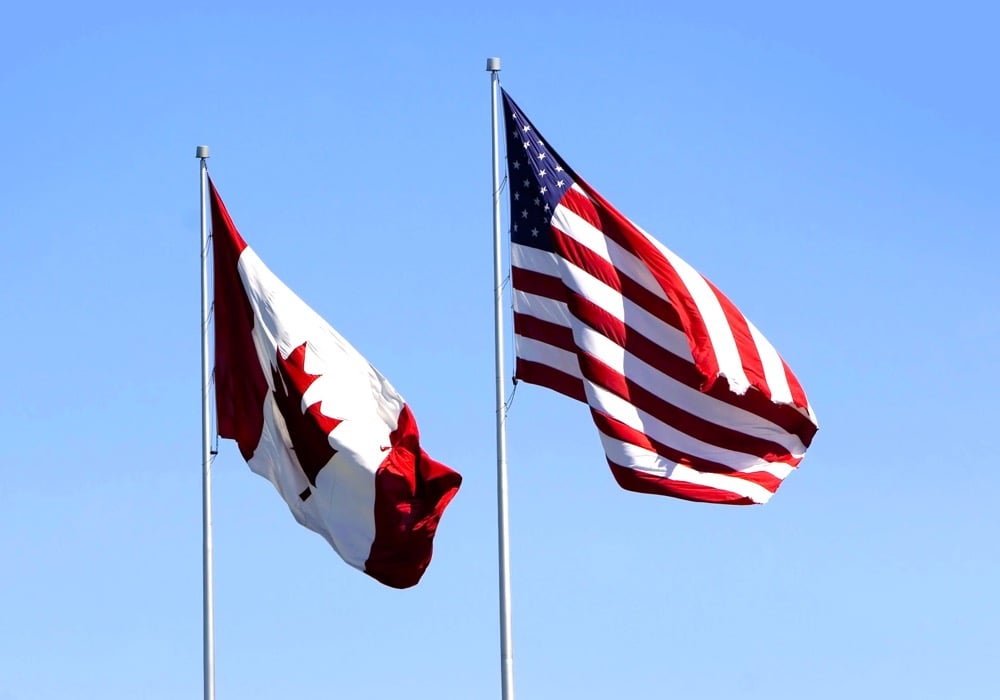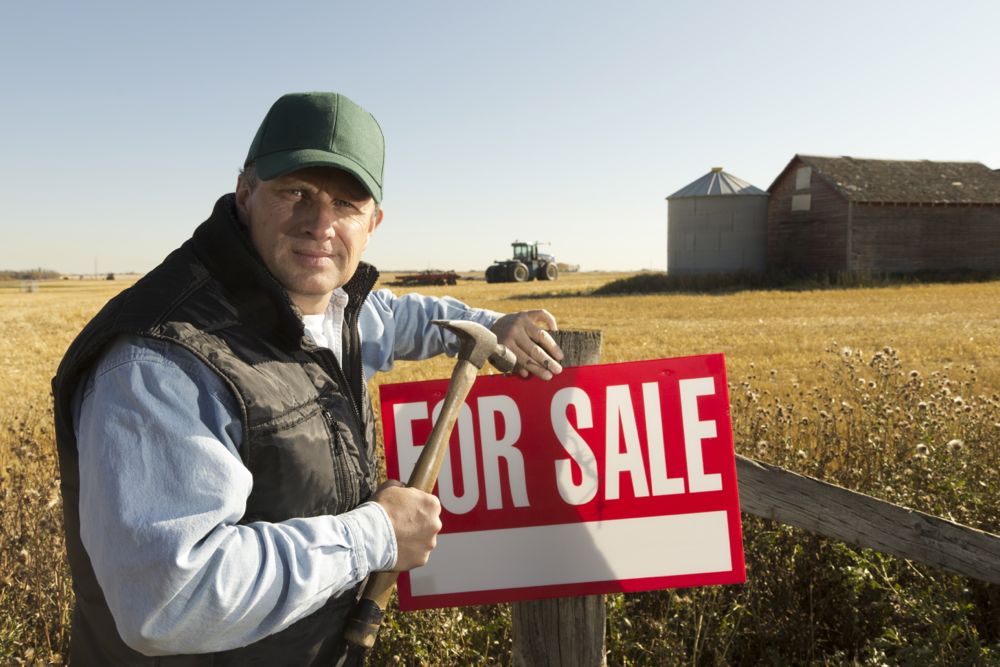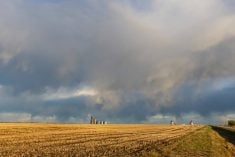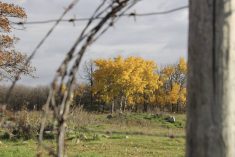CNS Canada — Prices of Canadian farmland were seen rising in 2017, with most sales happening in the first half of 2017 before interest rate increases and the drought in Western Canada hit.
That’s according to the annual Farmland Values Report released Monday by Farm Credit Canada (FCC), based on 90 per cent of farmland sales from Jan. 1 to Dec. 31, 2017. (Sales must be arm’s-length transactions.)
Overall, Canadian farmland rose 8.4 per cent in value in 2017, following a 7.9 per cent gain in 2016. Average farmland prices have increased every year since 1993, but recent increases have been smaller than during the 2011-15 period.
Read Also

Canadian trade data delayed by U.S. government shutdown
Canadian international trade data for September will be delayed indefinitely due to the ongoing partial shutdown of the United States government, Statistics Canada said Friday, Oct. 24.
Saskatchewan, Ontario and Nova Scotia reported the largest gains, at 10.2 per cent, 9.4 per cent and 9.5 per cent, respectively. British Columbia, Manitoba, Prince Edward Island and New Brunswick saw the smallest gains at 2.7 per cent, five per cent, 5.6 per cent and 5.8 per cent, respectively. Alberta and Quebec were the closest to the national average at 7.3 per cent and 8.2 per cent respectively. For the second straight year, there wasn’t enough data available to assess farmland values in Newfoundland and Labrador.
Saskatchewan saw the largest increase, up from 7.5 per cent in 2016. According to FCC chief agricultural economist J.P. Gervais, the increase was mainly on a combination of two things: the fact that most sale activity was completed in the first half of the year, and the base price of farmland.
With low interest rates and expectations for a good crop, Saskatchewan producers were feeling optimistic in the first half of the year. Southern Saskatchewan then experienced a drought during the summer, leading to decreased production, while the Bank of Canada (BOC) raised its benchmark interest rate twice.
“We didn’t know what we know now in terms of some of the challenges in the southern part of the province in terms of weather. So all of that to me was suggesting of a very, very good year,” Gervais said.
The base price of farmland also played a role. Historically Saskatchewan’s farmland prices have been lower than those in neighbouring provinces, so when the price does increase it has a larger impact.
“Over the last few years the fact that we’ve been able to grow income, maybe not at the exact same pace, but we’ve been just basically catching up to a level where we’ve historically seen prices of farmland match up with farm income,” Gervais said. “So it’s a market that remains healthy in my perspective.”
Overall, as was seen in Saskatchewan, most farmland sales were completed in the first half of 2017 when interest rates were low, and in the second half of the year Canada’s central bank raised interest rates twice.
There are various factors affecting farmers’ decisions to buy farmland, Gervais said, but interest rates do play a major role in choices.
“We know that it had an effect but it’s really hard to separate that from all the other factors, whether it’s growth and receipts from livestock operations, whether it’s growth in crop receipts in provinces like Alberta, Manitoba that have seen some significant in 2017, weather challenges and so on.”
Since the start of 2018 there has been one interest rate increase at the Bank of Canada. The bank on Wednesday held off raising interest rates again, but warned of coming rate hikes, which Gervais expects to happen at a gradual pace.
“I’m not expecting anything significant, that’s not going to look like what we’ve seen over the last nine, 10 months. But I do expect higher rates and I do think that’s going to cool off the (farmland sales) market.”
Overall, Gervais still expects to see farmland values increase in 2018, but to what extent he isn’t sure. Over the long term, increases to farmland values are roughly tied to inflation and productivity gains.
Crop productivity roughly climbs at a rate of two per cent per year, he said, while farm expenses combined with inflation is roughly another two per cent — meaning historically, farmland values should increase by four per cent per year.
“I potentially, probably, would say that that should be where you would be looking at the 2018, if we do have only one rate increase from the Bank of Canada and then just some small additional pressures on interest rates. So I don’t expect the market to entirely cool off in 2018.”
— Ashley Robinson writes for Commodity News Service Canada, a Glacier FarmMedia company specializing in grain and commodity market reporting. Follow her at @AshleyMR1993 on Twitter.

















